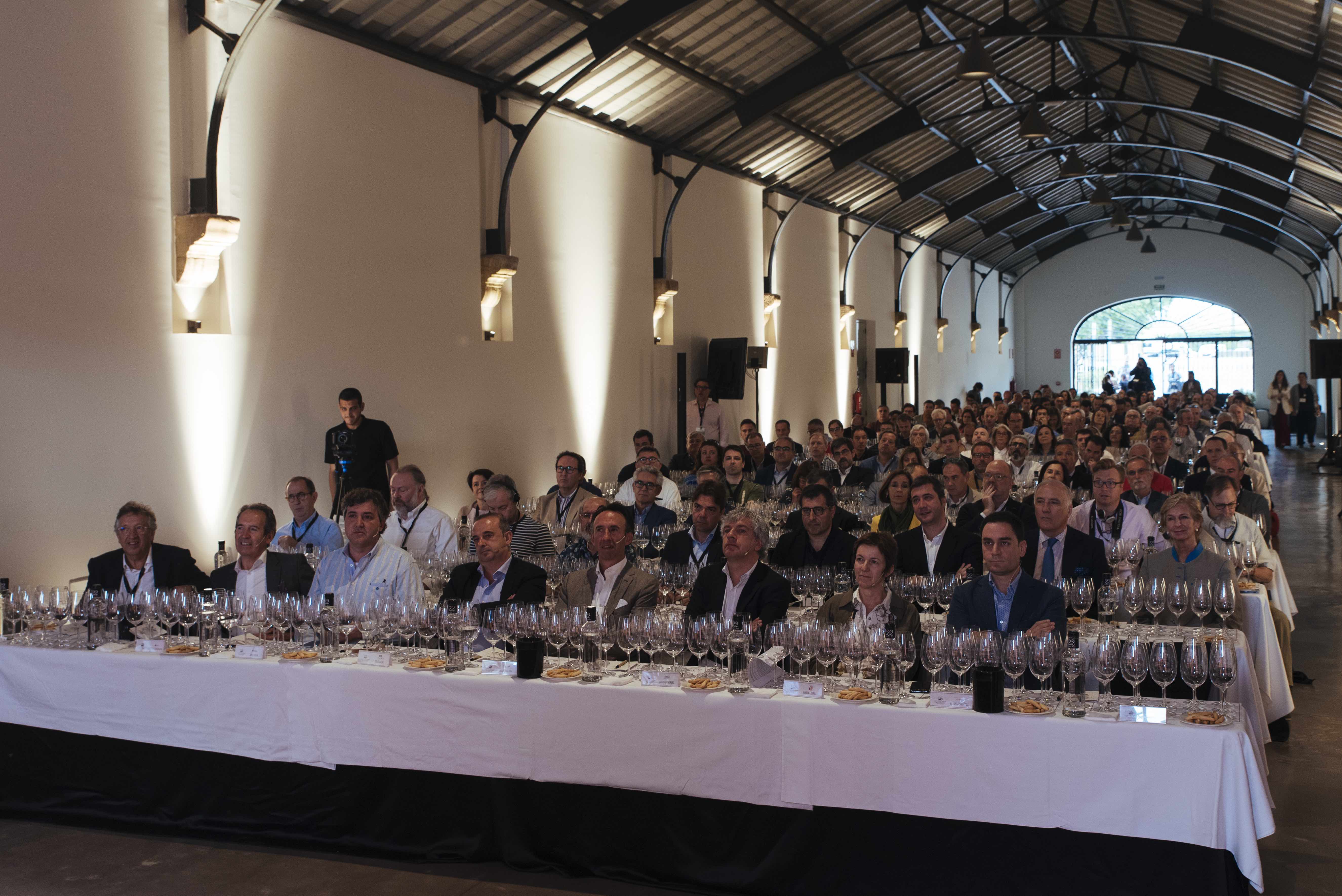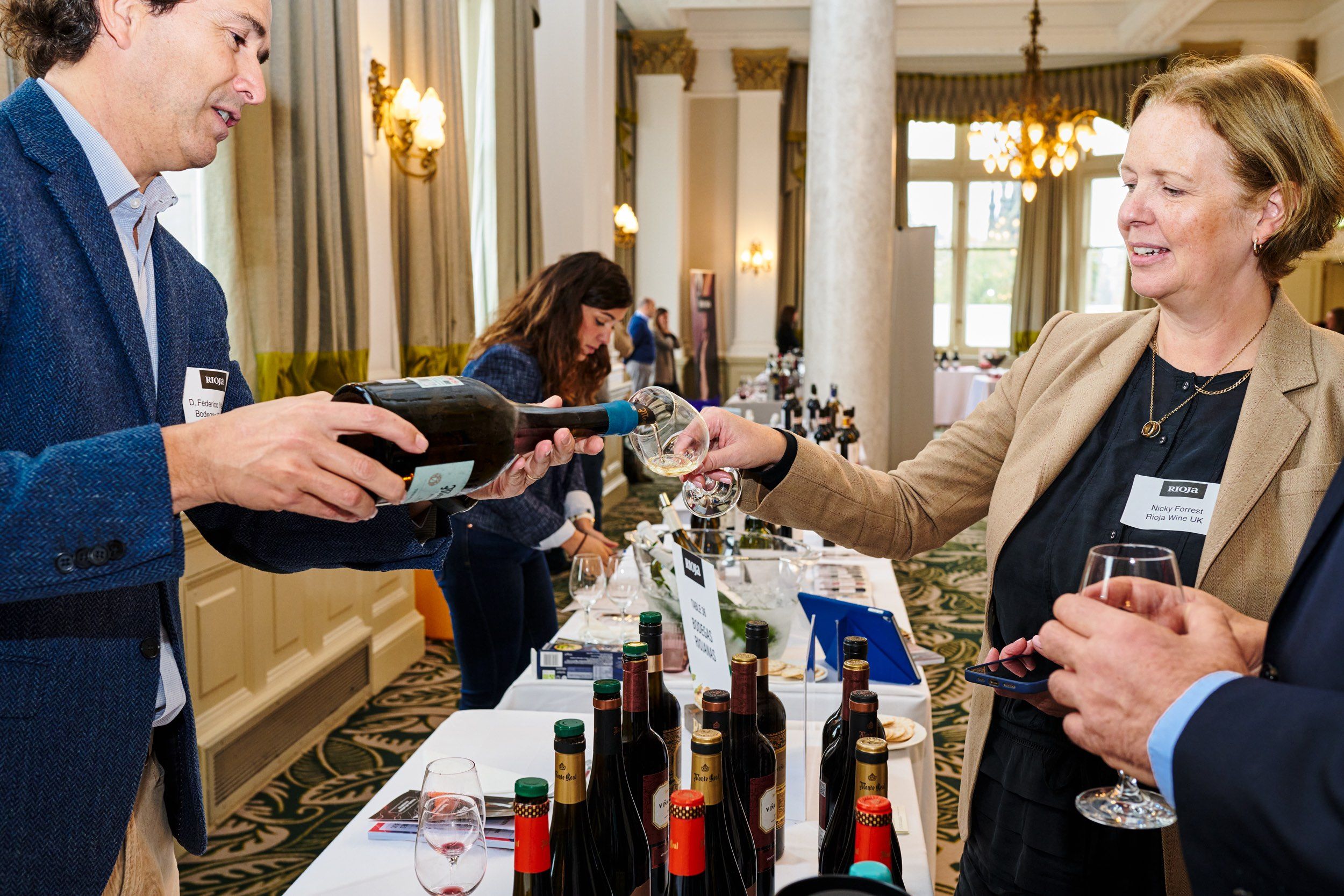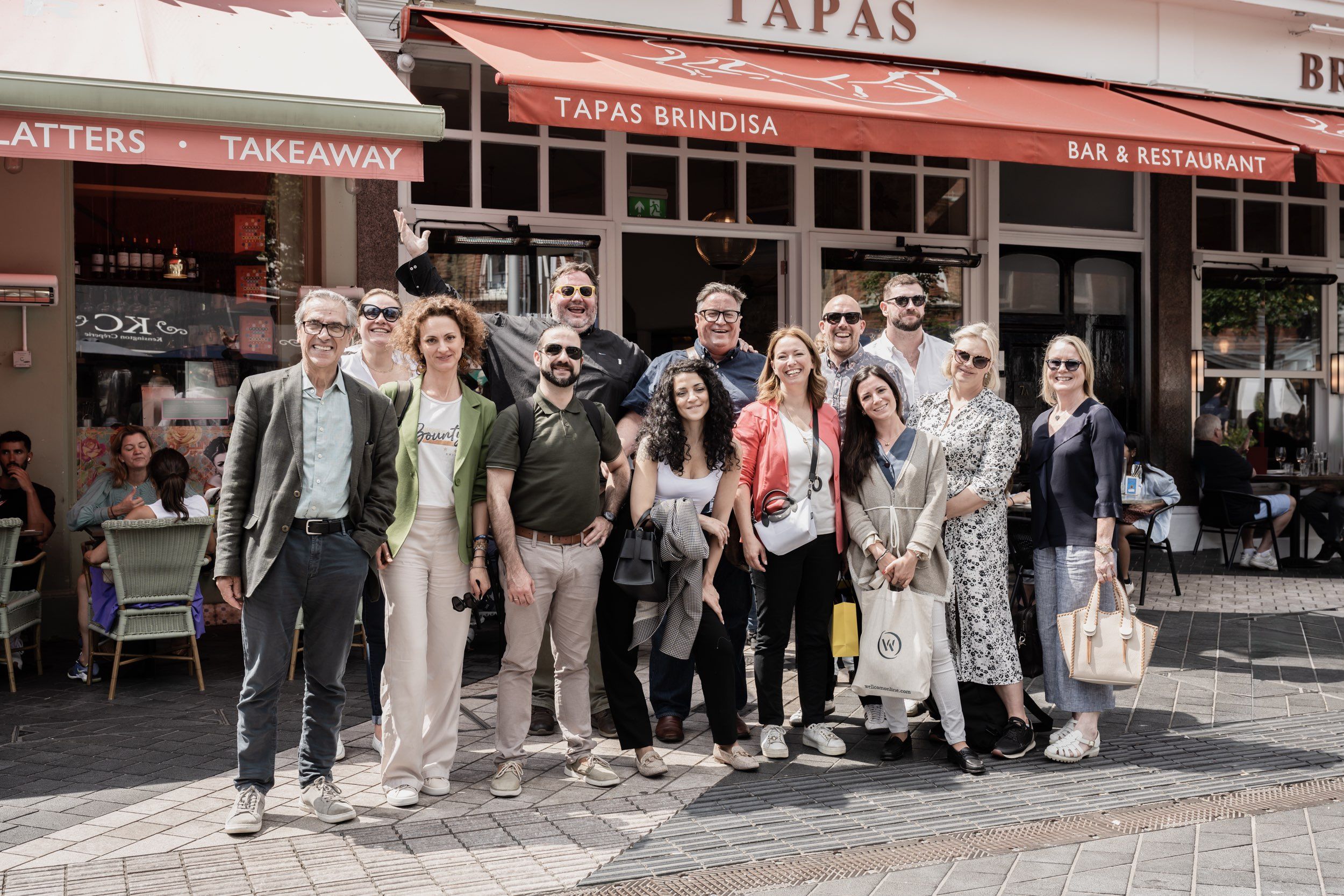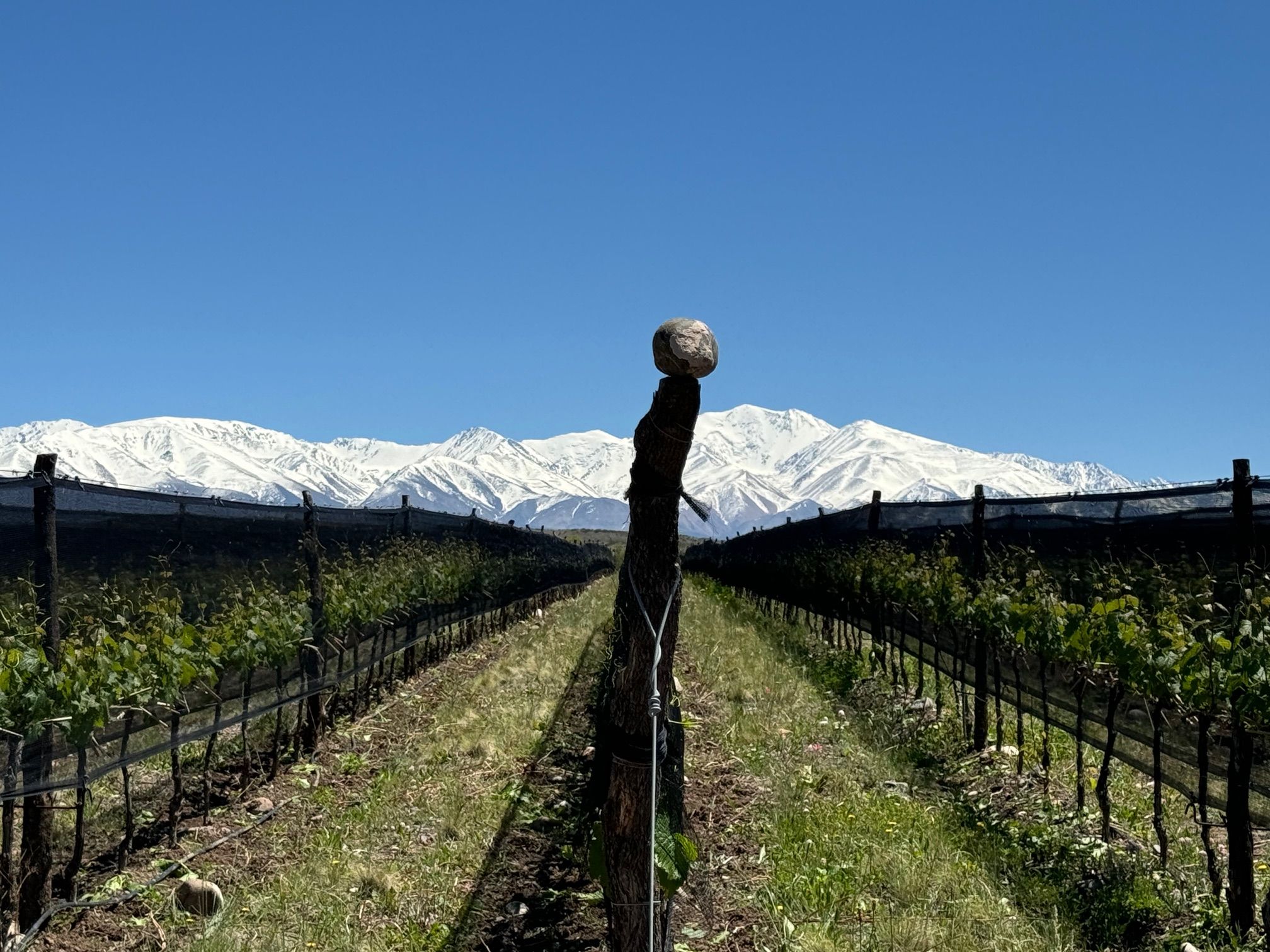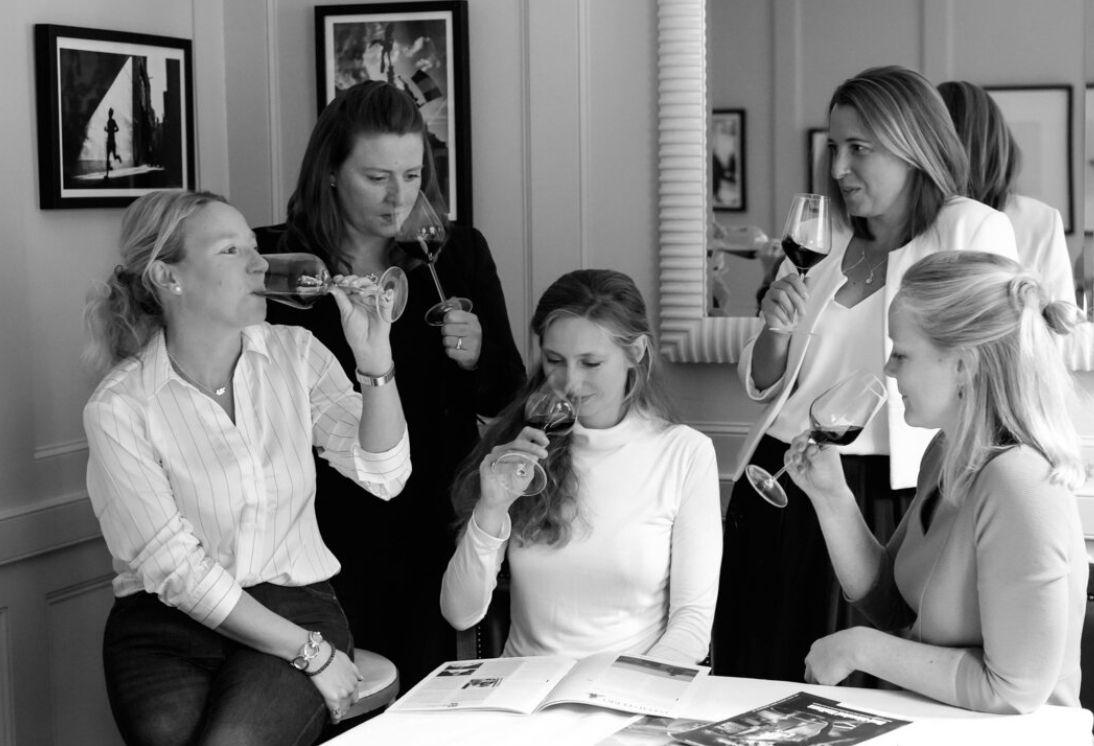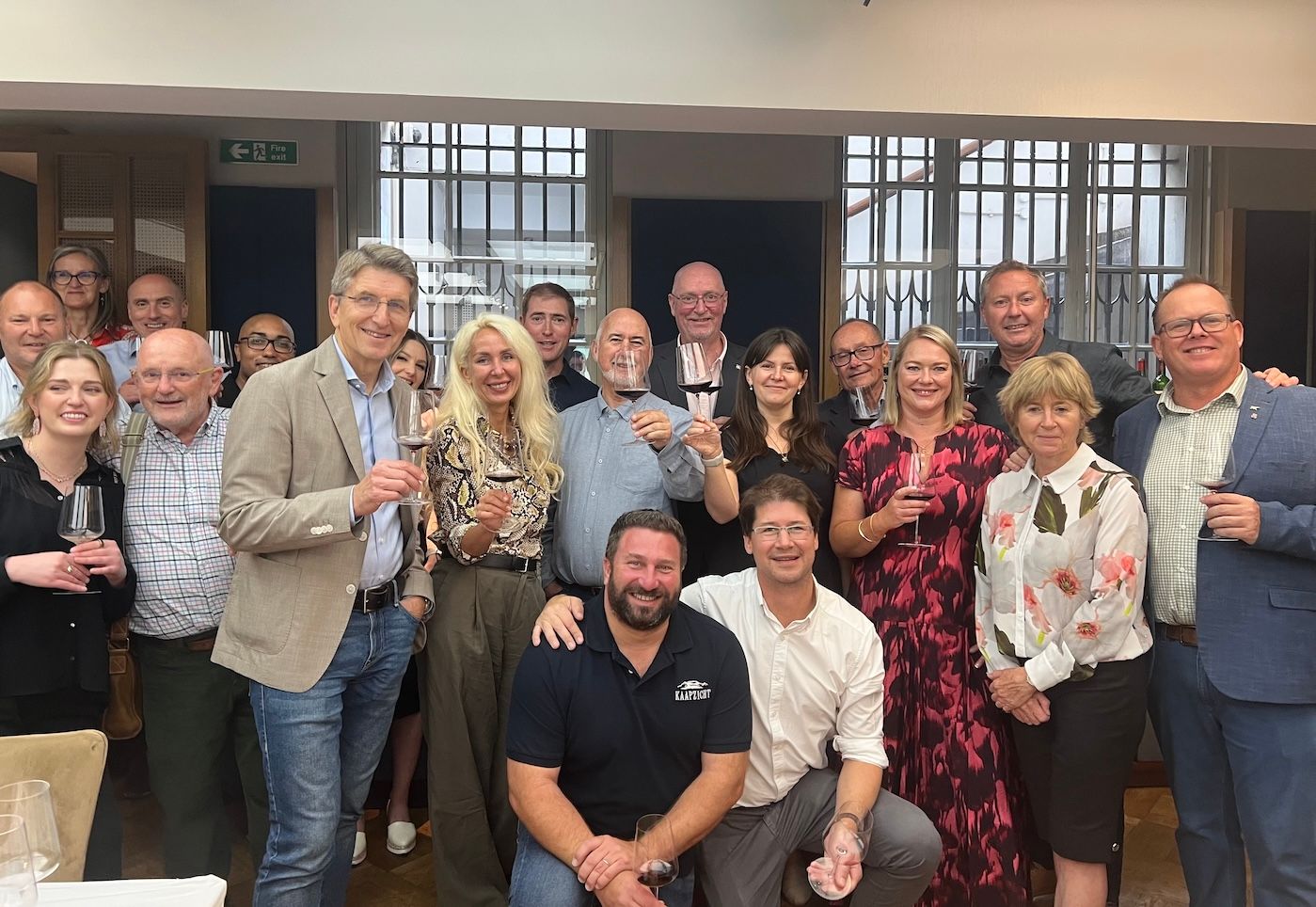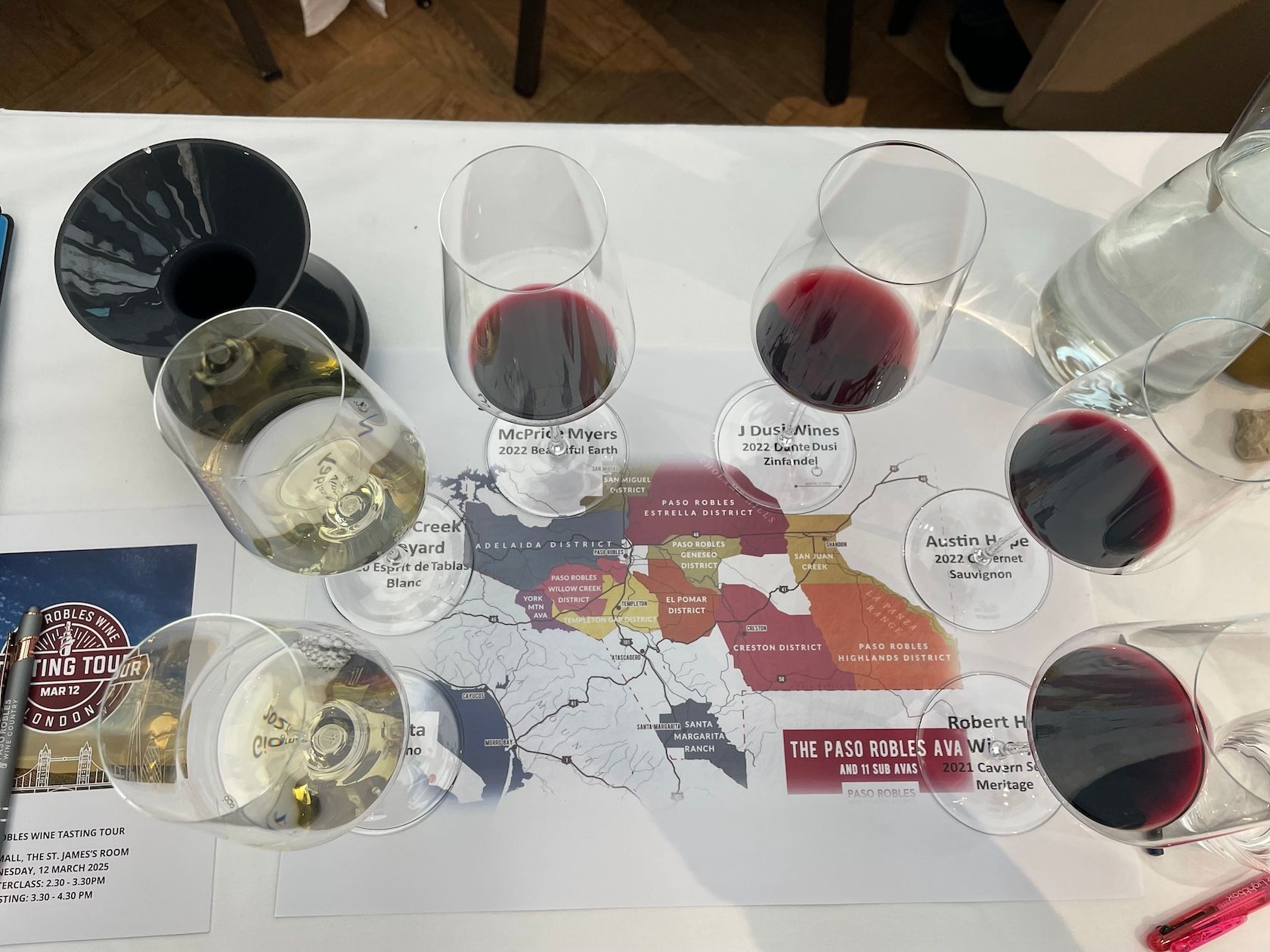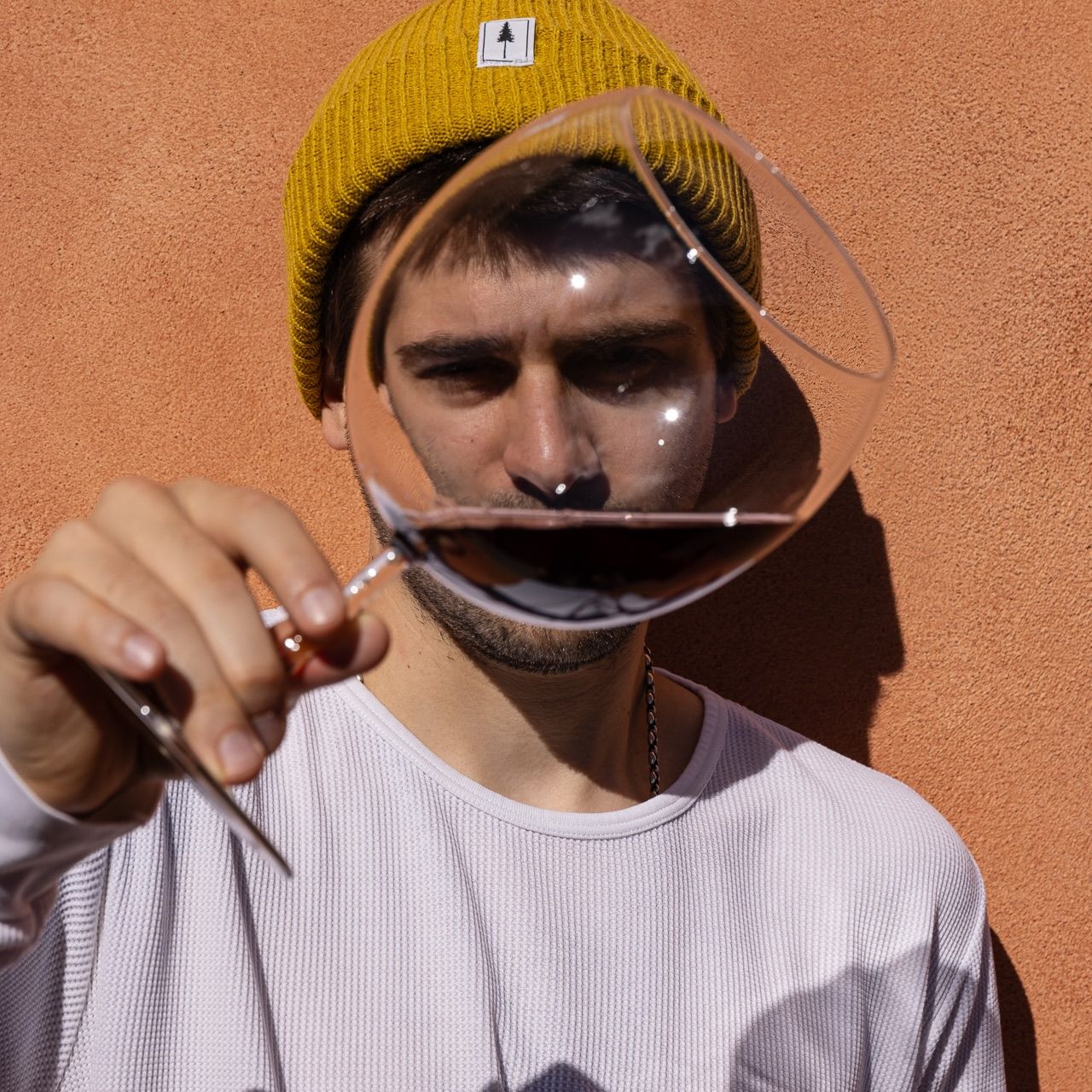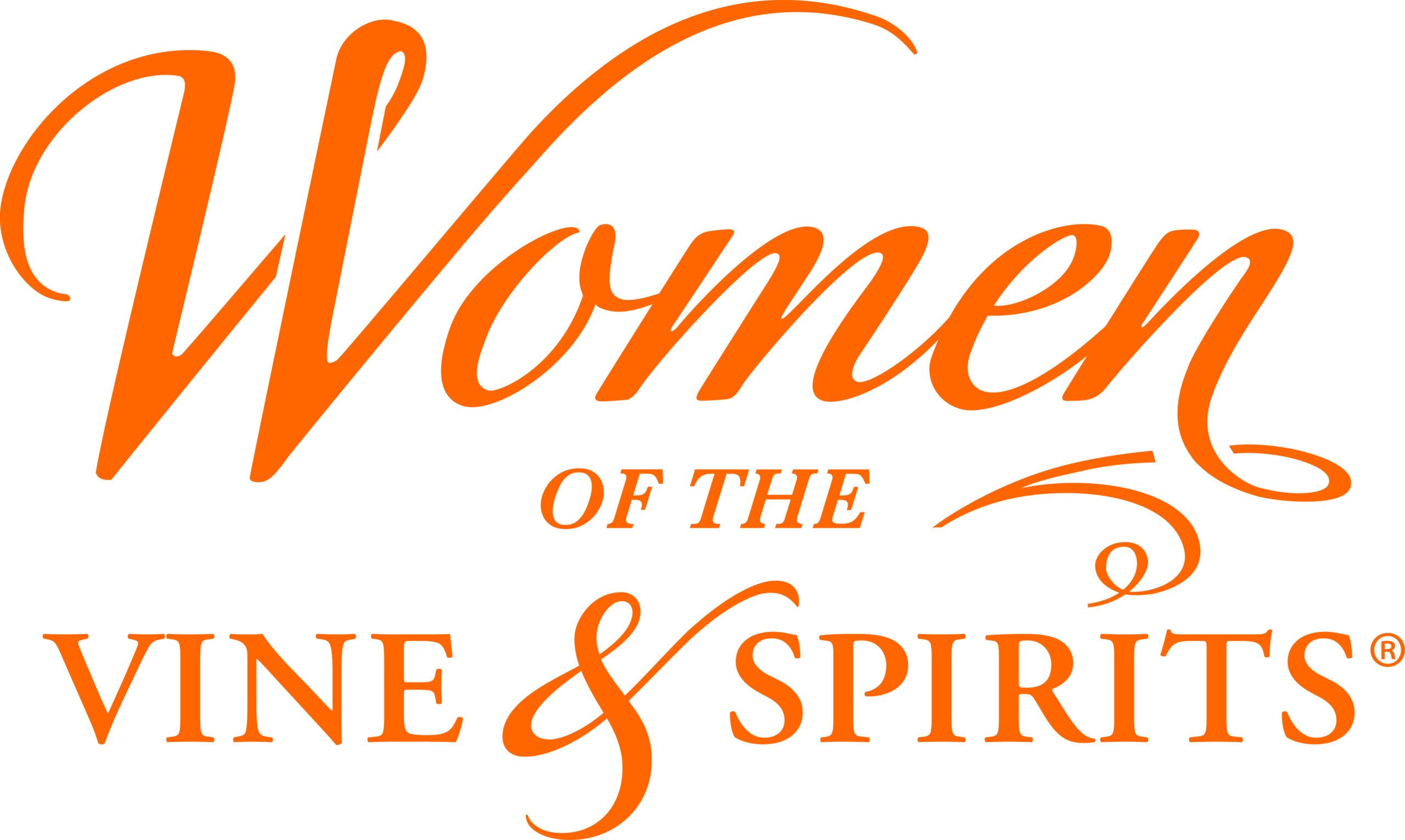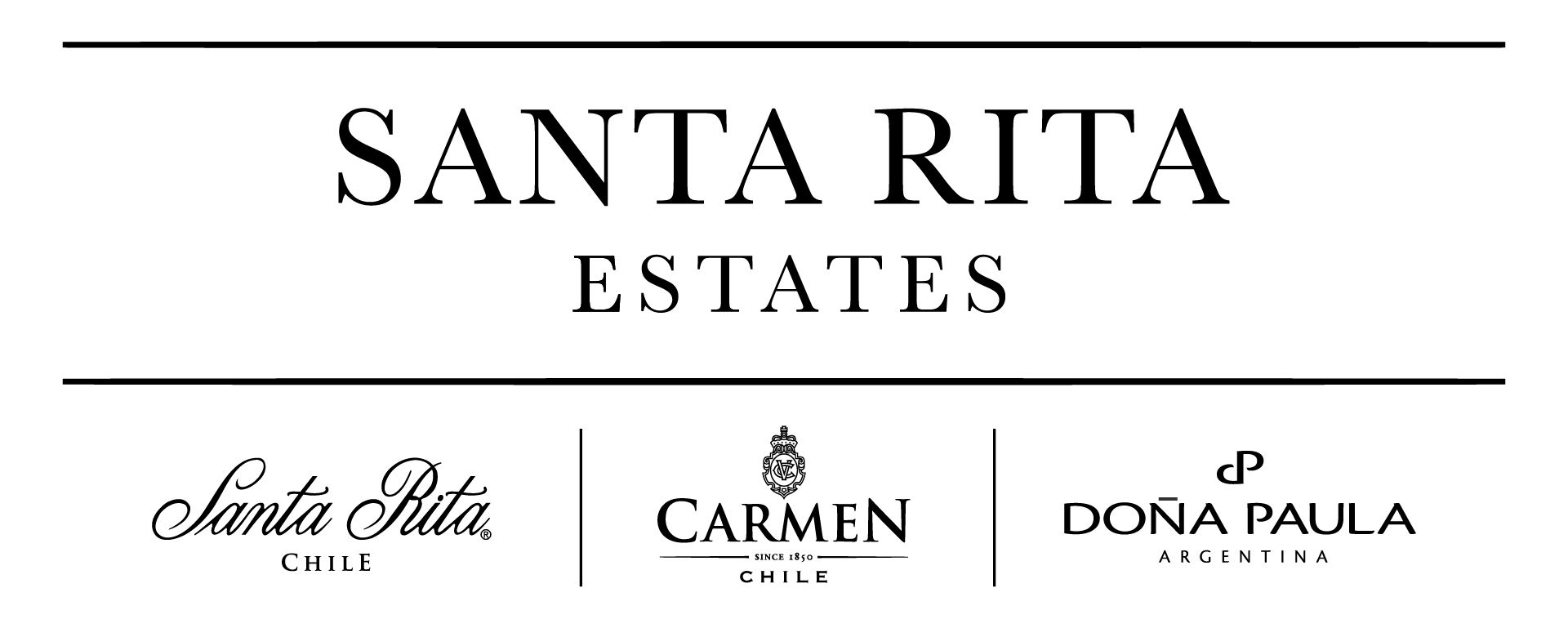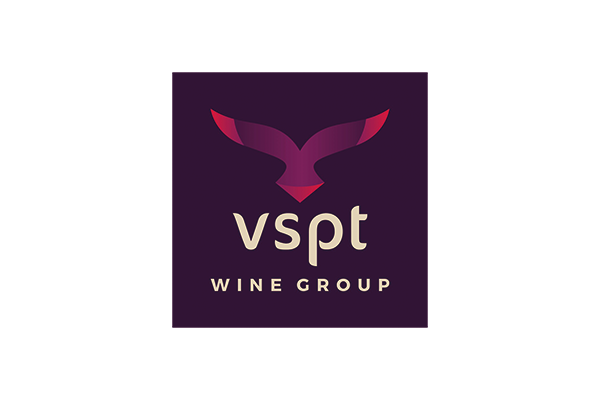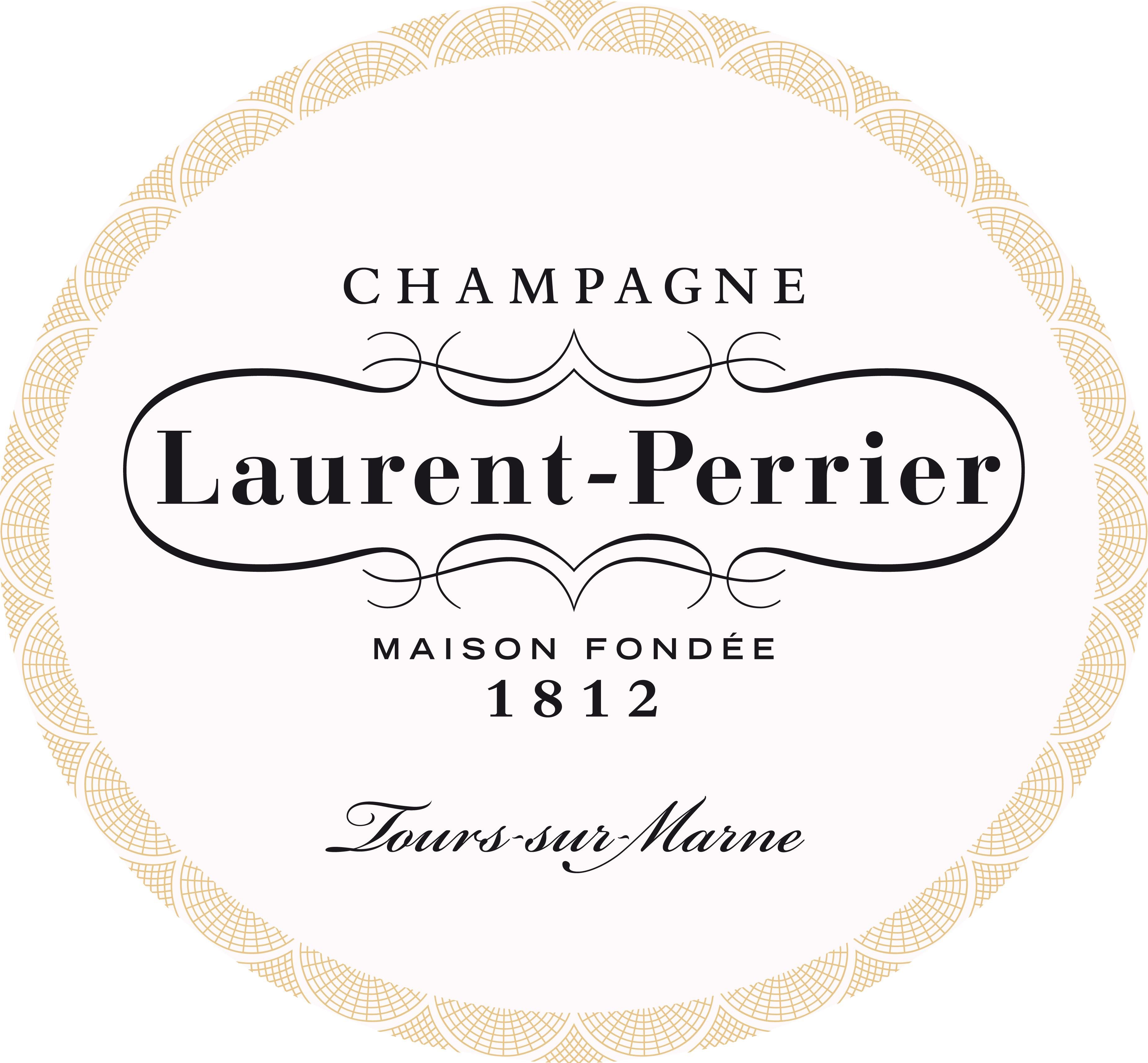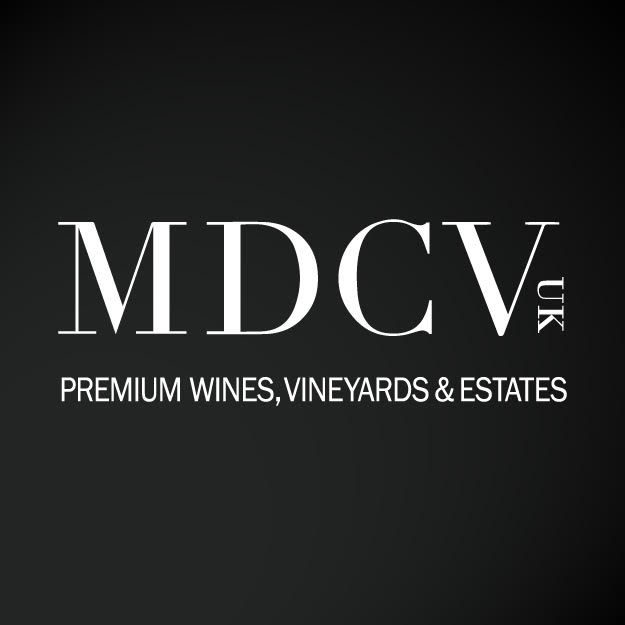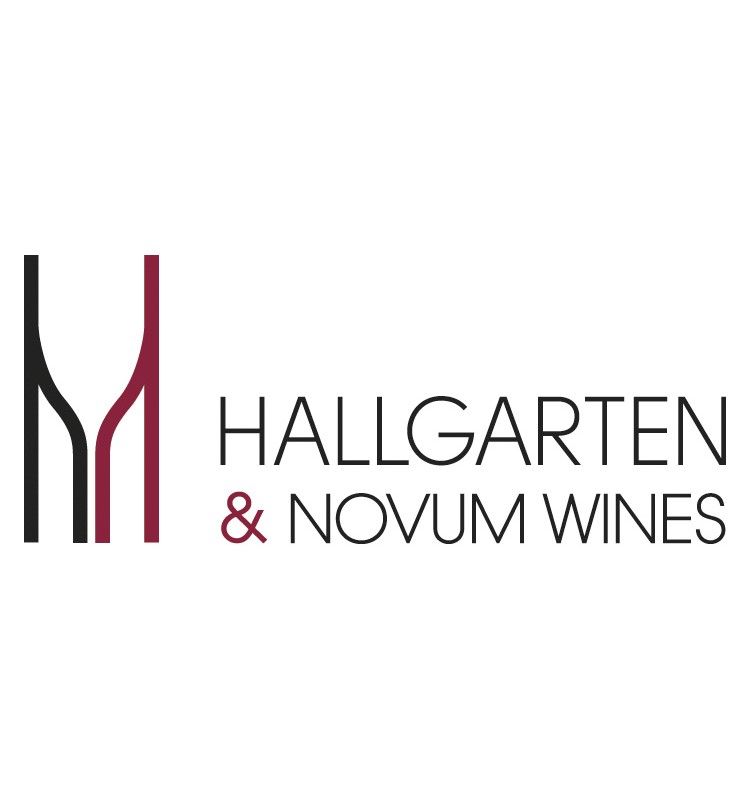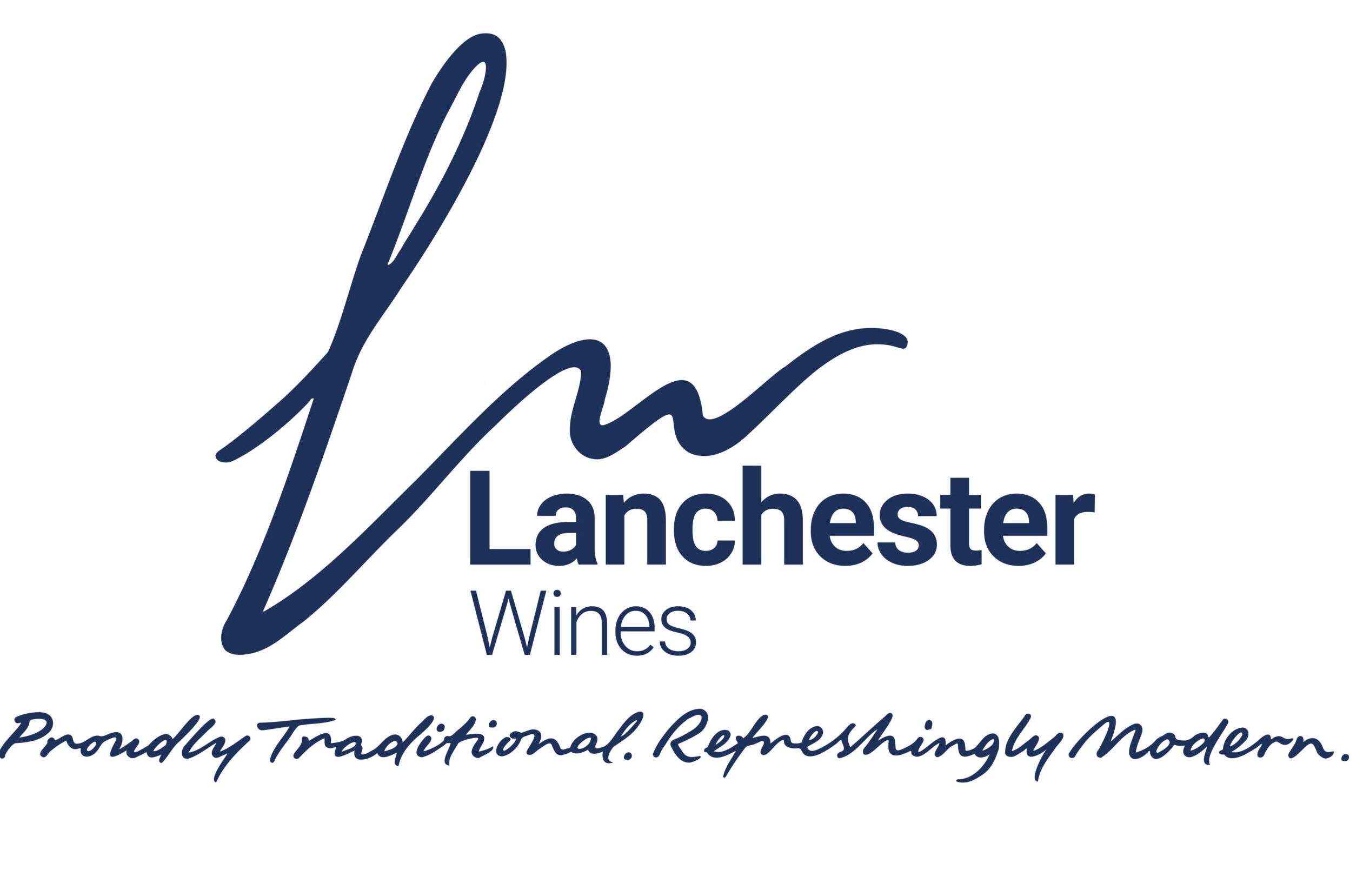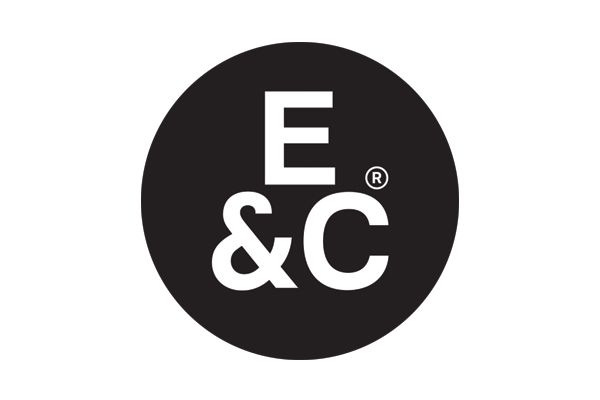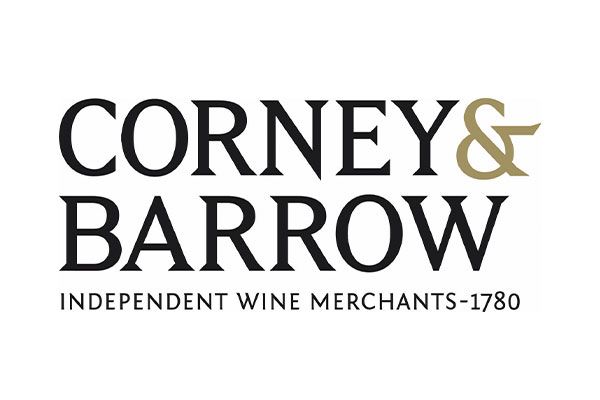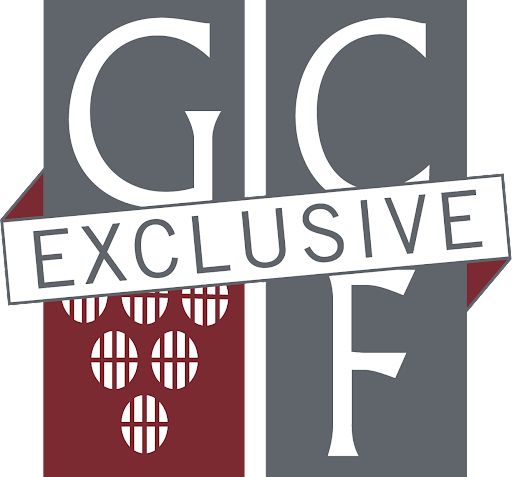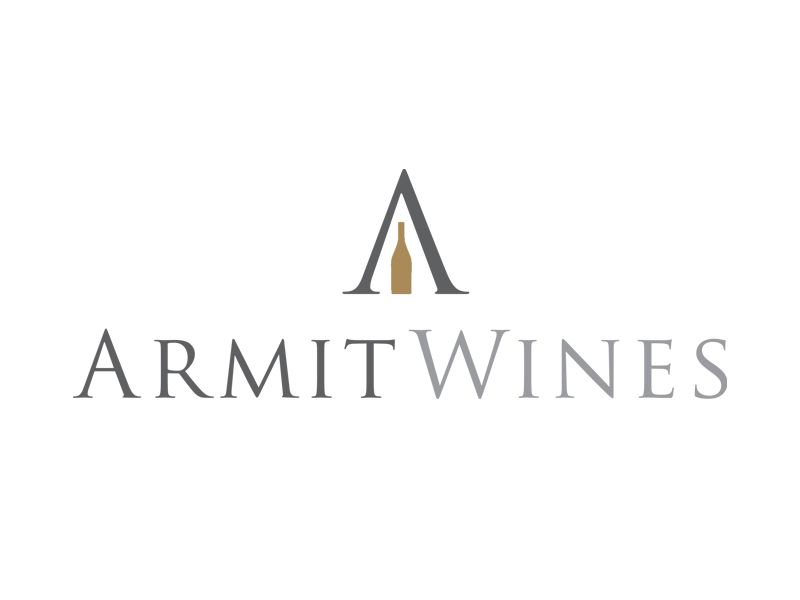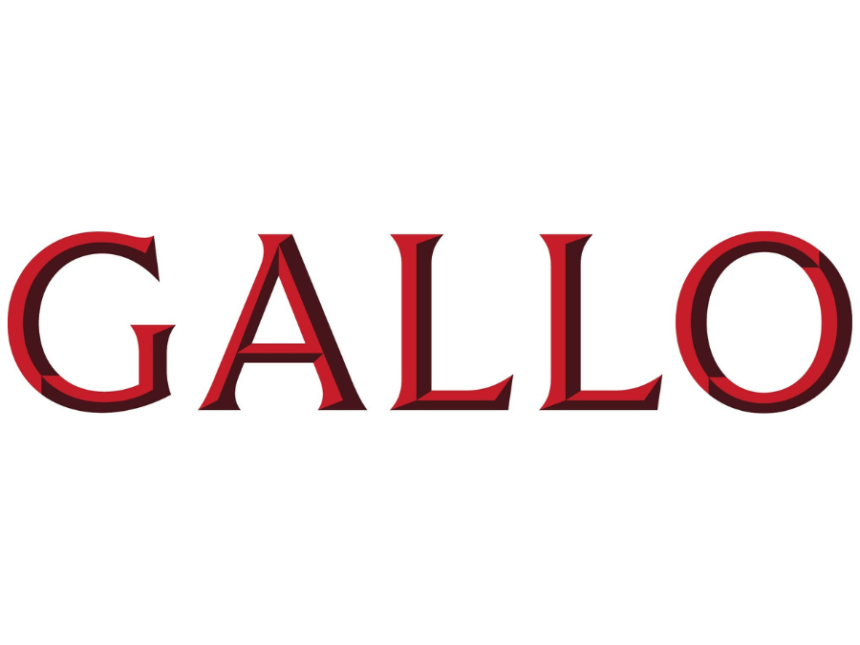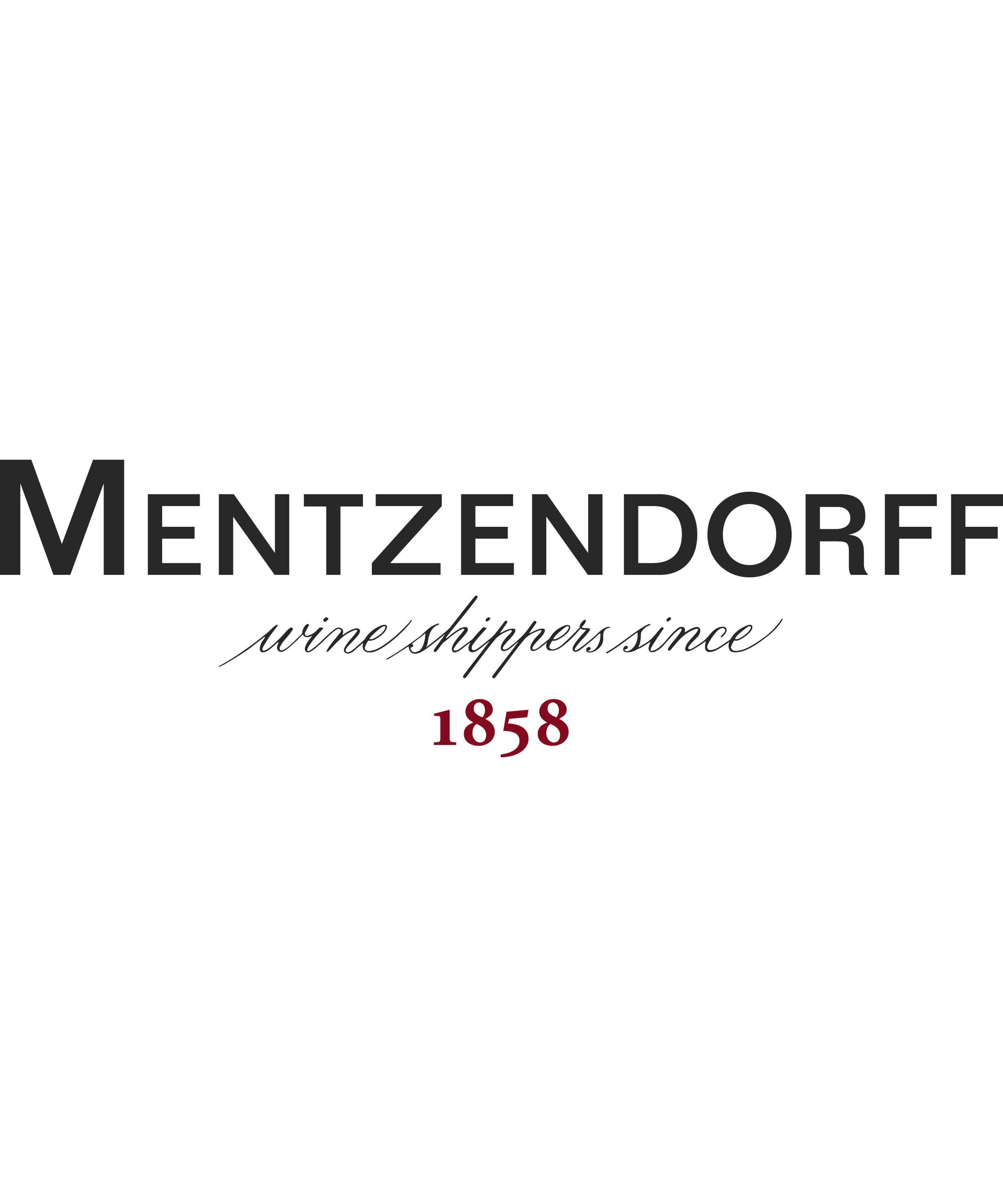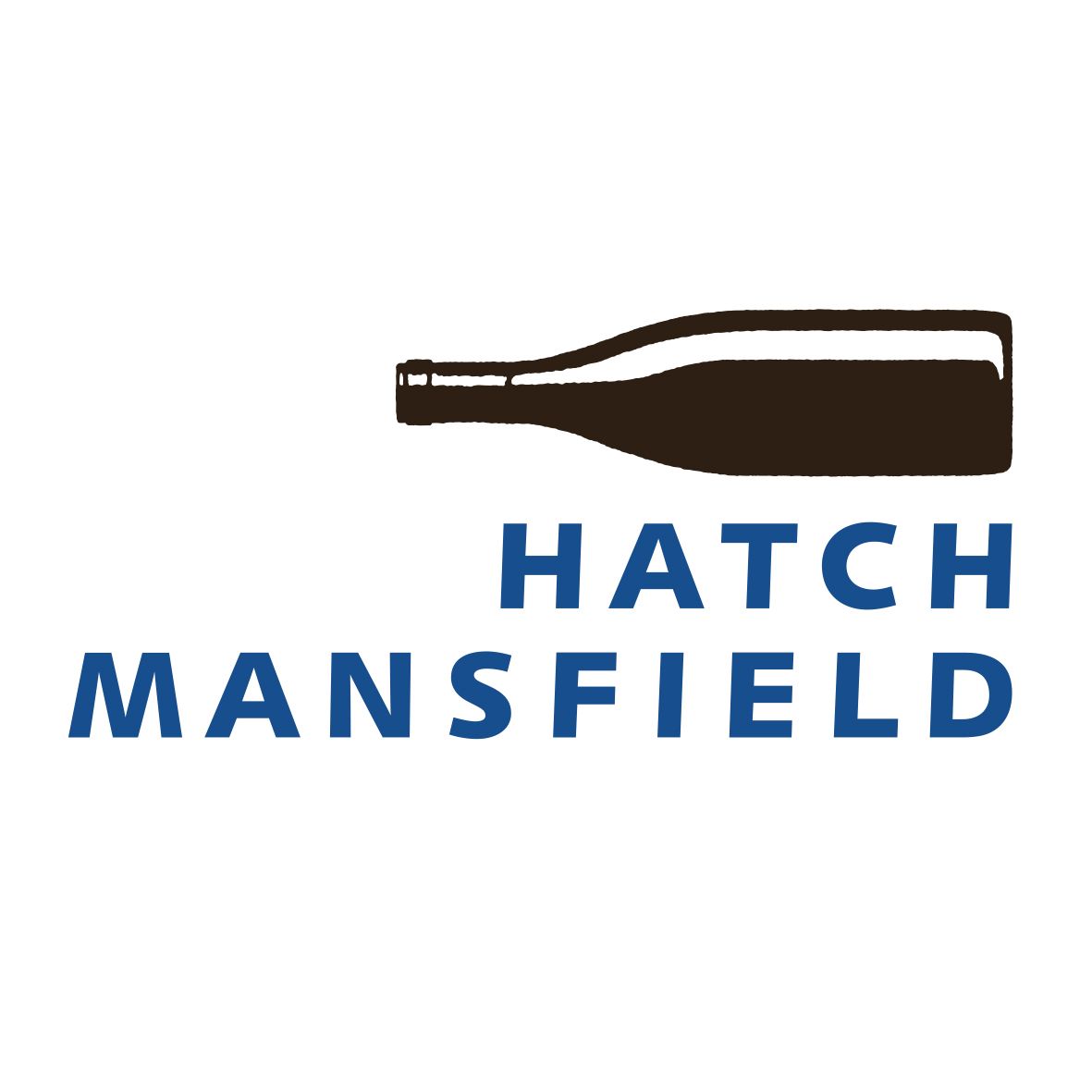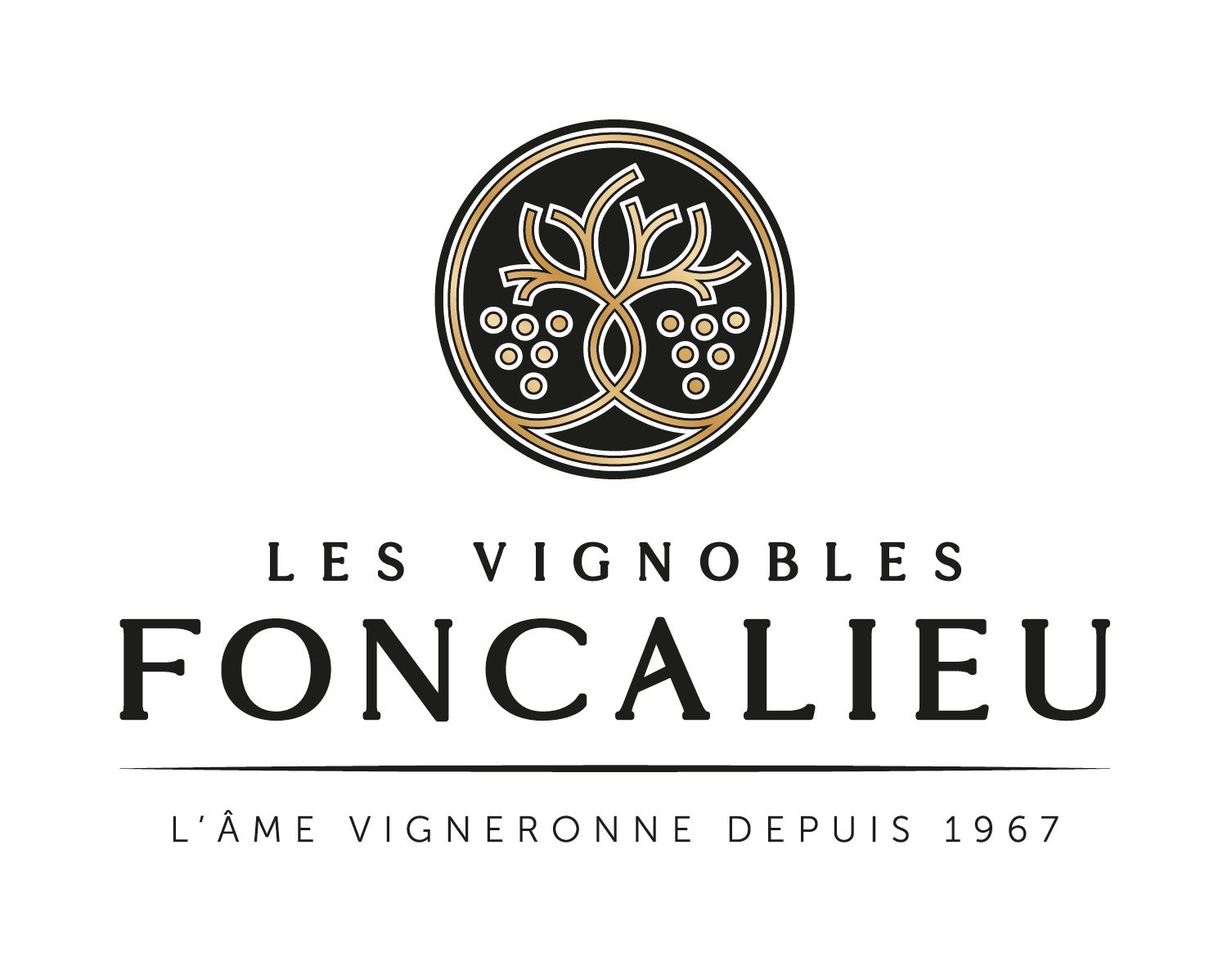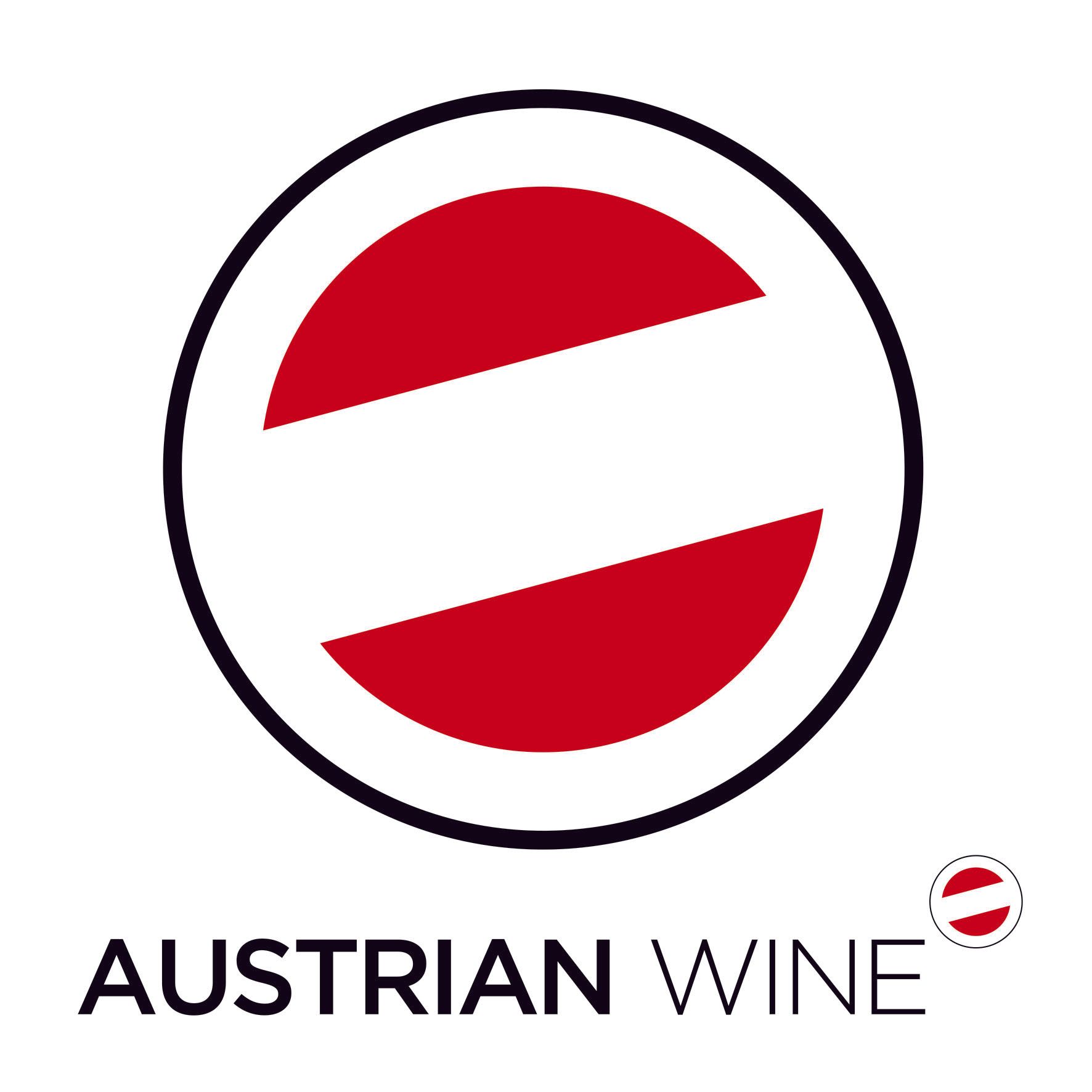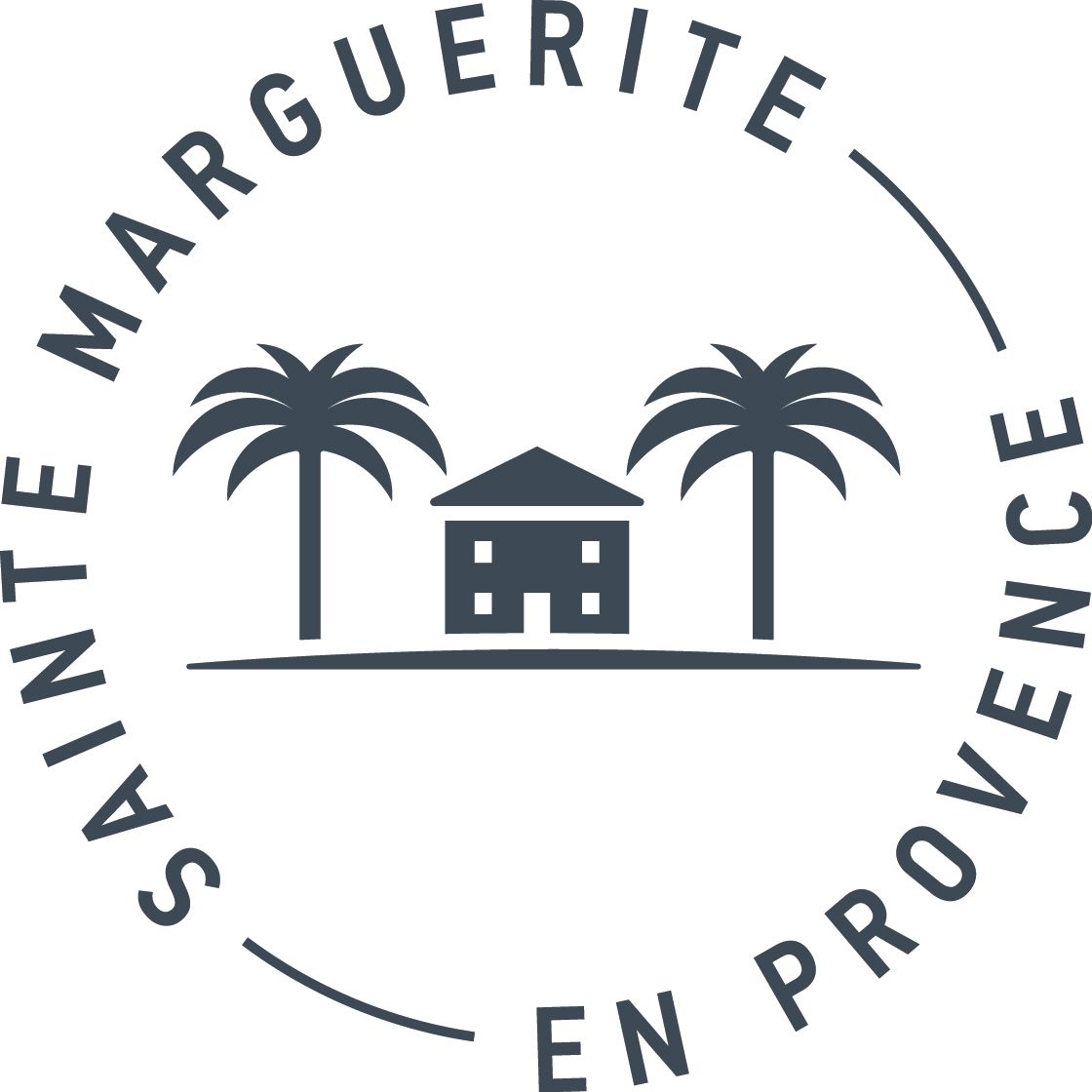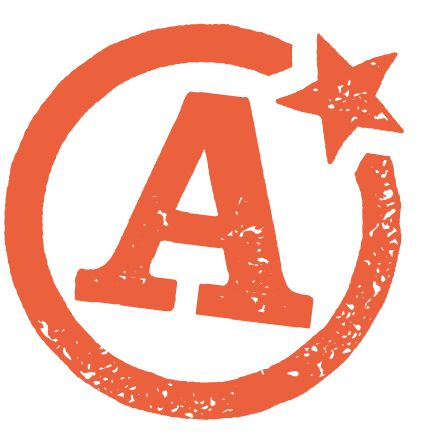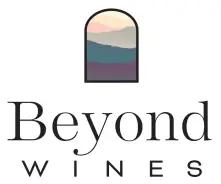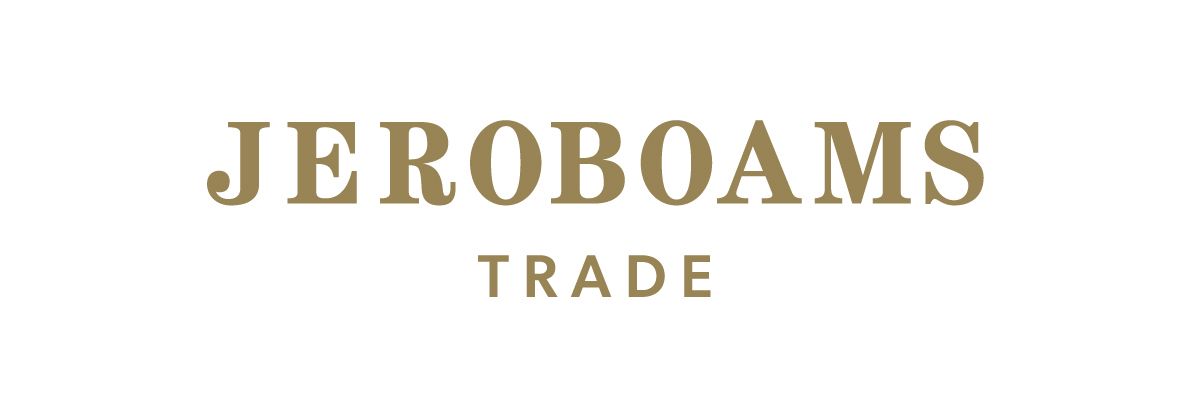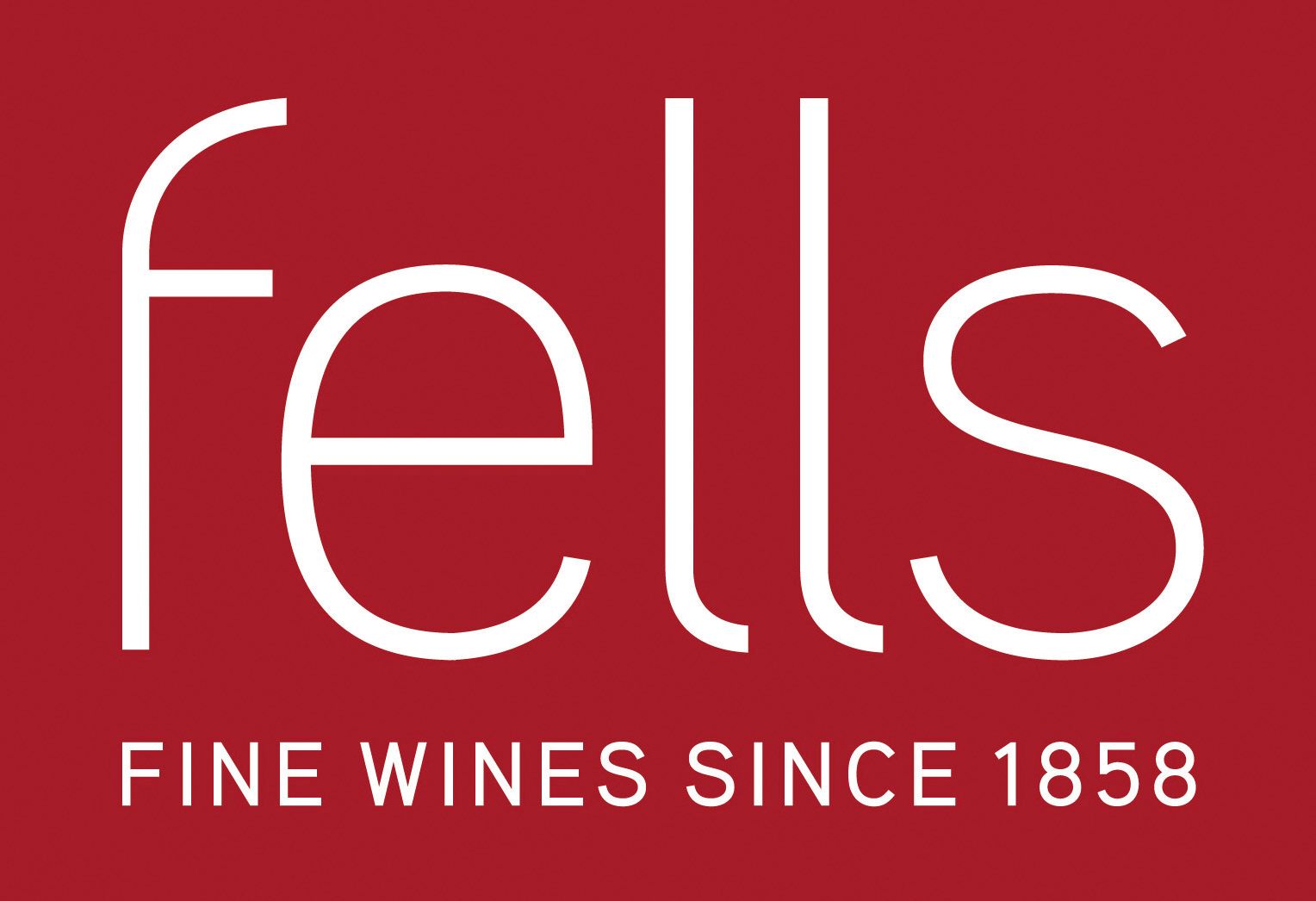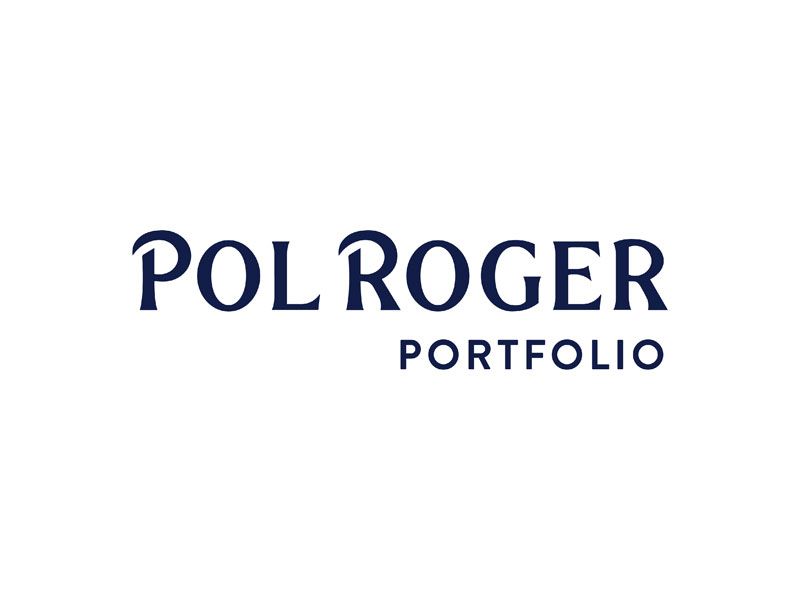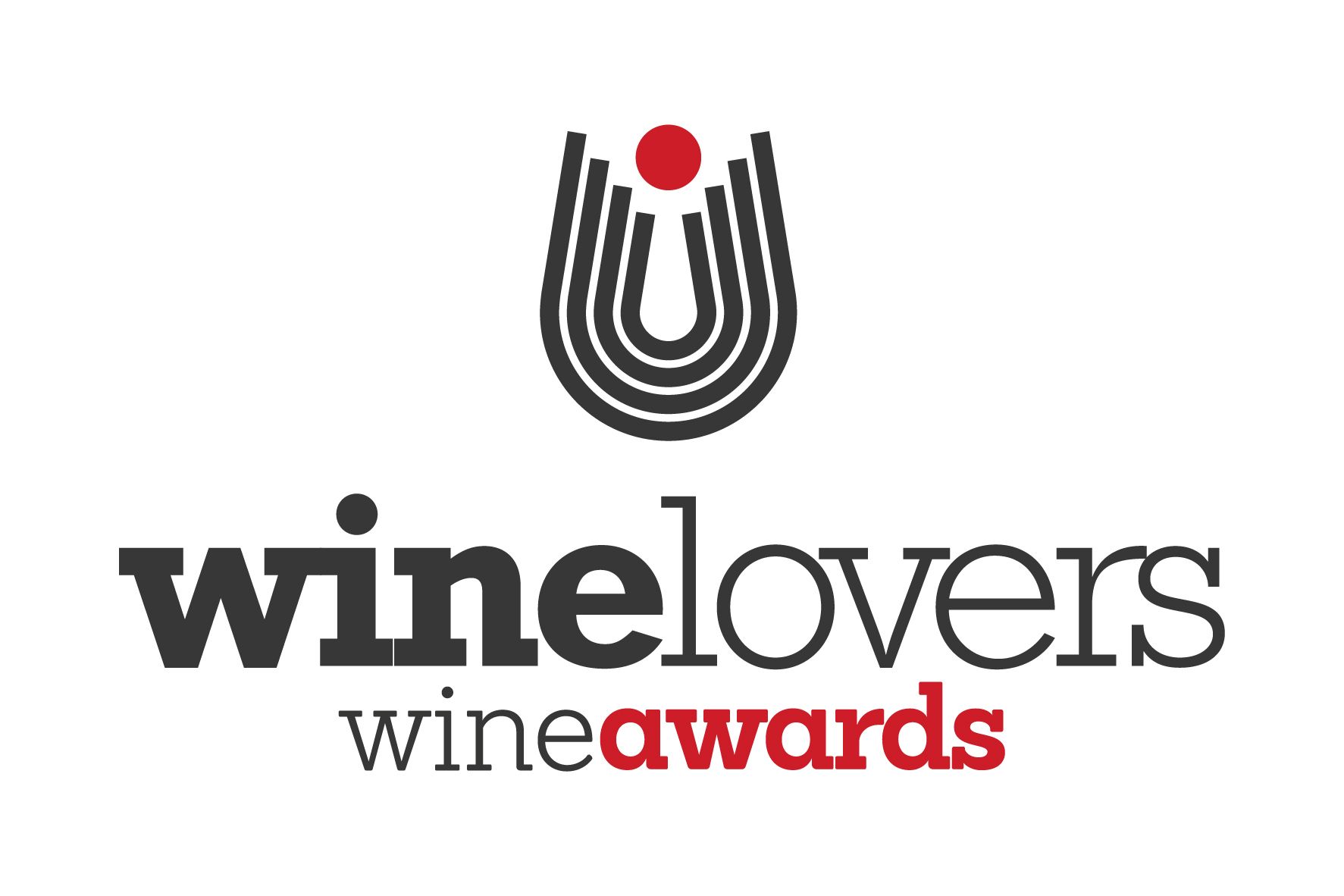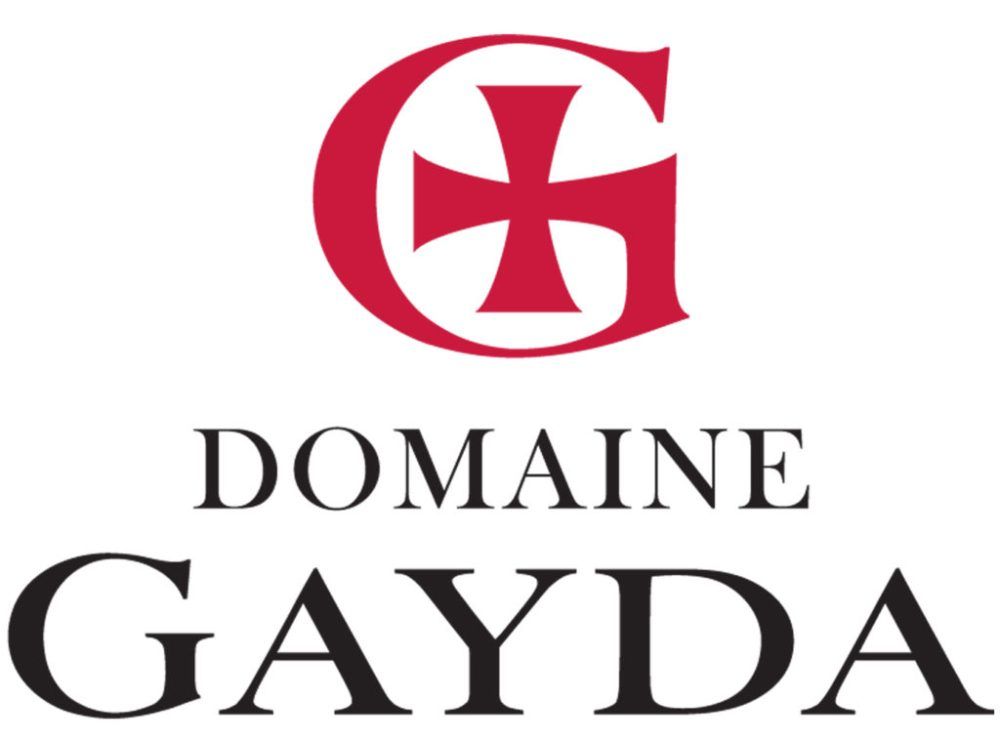If the seven producers around Haro Station who make up ‘La Cata Del Barrio De La Estación’ wanted to make a statement about where they are heading, then this year’s ‘Professional Day’ certainly mapped it out.
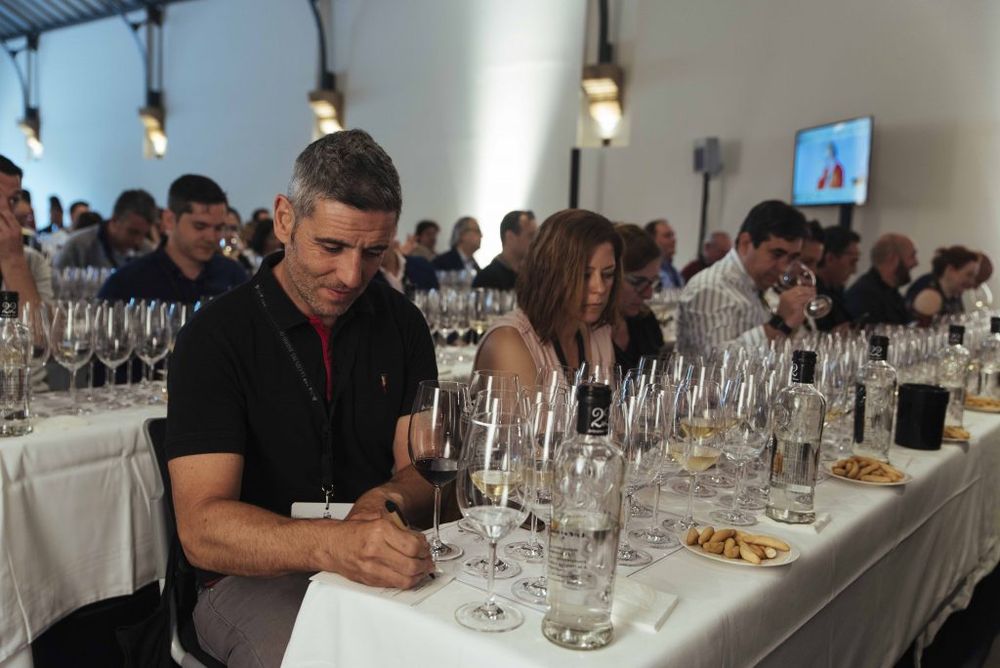
The Haro Railway Station region is helping to shine the spotlight on a very specific area of Rioja
For the 800 of us who had made our way to the Rioja region, it was hard to believe this was only the third time the biennial spectacle has happened. Gathered together were international journalists, critics, sommeliers, buyers and food professionals.
The branding might be more ‘Thomas the Tank Engine’, but the logistics and flair had much more in common with one of Spain’s impressive ‘AVE’ high-speed trains. At the controls: Sarah-Jane Evans MW, who conducted two separate masterclasses for a total of 800 attendees, in fluent Spanish, replete with enough railway puns to fill a Reverend Awdry title twice over.
Describing a “first class journey through the history of the Haro Station district”, Evans described the wines being tasted as “a fast train for the senses”, heaping praise on the seven wineries for their willingness to work together “in a meaningful way, with all the carriages pulling in the same direction”.
For the uninitiated traveller, Haro Station is surrounded by historic wineries: Lopez de Heredia Viña Tondonia; CVNE; Gómez Cruzado; La Rioja Alta; Viña Pomal Bodegas Bilbaínas; Bodegas Muga and Bodegas RODA. Each has its own distinct history and winemaking philosophy, but all have come together to promote the district as one entity.
All but RODA – which is little more than 30 years old – have a shared history born of phylloxera, which caused the rapid growth of the region as it took hold in Bordeaux. This was reflected in a series of films made for the masterclass, which also reflected on the crash that followed when the disease made its way to Rioja: it took almost a 100 years to return to the same levels of vine plantings.
Moving with the times
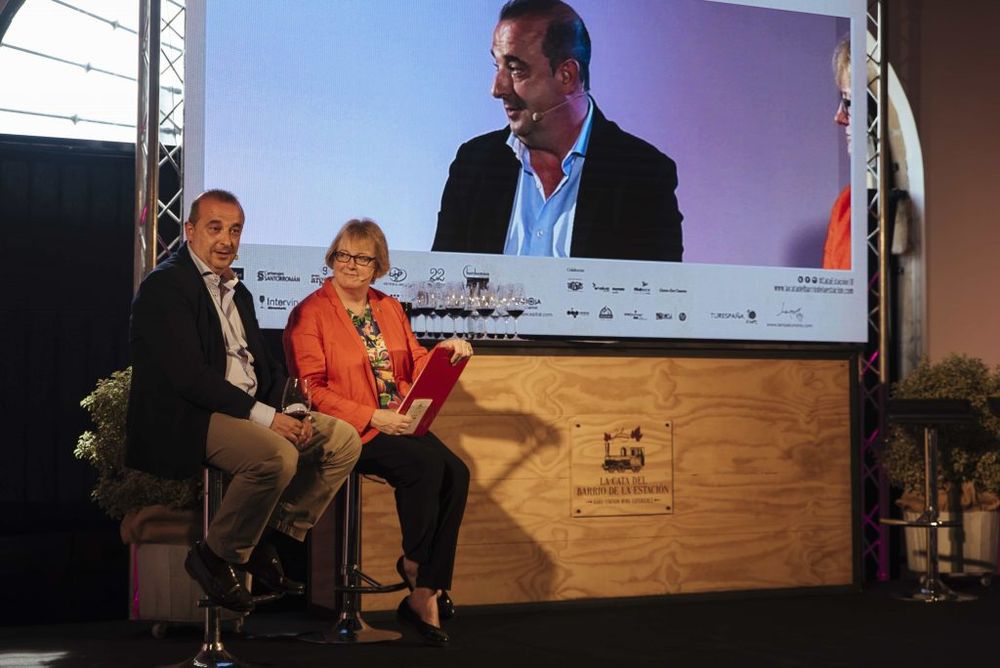
Sarah Jane Evans MW was in charge of hosting the inspiring masterclasses
Reflecting on the Masters of Wine symposium, in nearby Logroño that preceded the Haro weekend, Sarah-Jane Evans posed the question: is tradition innovation? With a panel of senior figures from the seven wineries, the answers were supported by a range of 14 of the wines that needed no simultaneous translation to support the notion that Rioja is moving with the times.
Gone are the days of linear red-fruited wines, too often smothered by American oak, frequentlyaged to the extent that they felt drained of their energy. Based on the masterclass tasting (wines are listed below), and the individual Bodega offerings that followed, there has been something of a ‘Rioja revolution’ sweeping through the sidings of the station zone.
Describing the region as “paradise for Tempranillo”, rotating president Agustin Santolaya – the managing director of RODA – extolled the virtues of the region’s dominant grape, which “can be enjoyed young or old”, whilst conceding that climate change had forced producers to look at ways of achieving “naturally lower PH and lower alcohol” to counter the effects of warmer temperatures.
A potential solution is a greater role for Graciano which, although trickier to grow, provides a way of bolstering blends with its higher natural acidity. All the producers on the panel appeared to agree that climate change posed a significant challenge, but there was a consensus that it was surmountable through a balance of historic winemaking techniques and state-of-the-art technology.
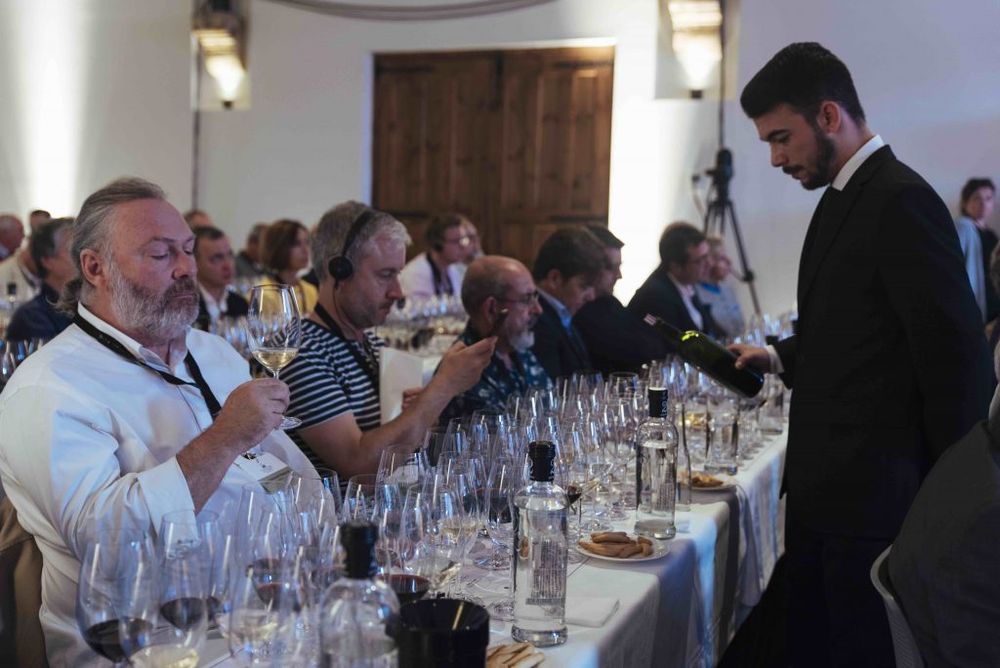
David Kermode gets involved in the masterclasses
As if to demonstrate the fusion of innovation and tradition, CVNE offered up its Monopole Clasico (RRP £22) for the tasting. Described by Evans as “a fascinating wine”, this beautiful crisp and refreshing blend of 90% Viura and 10% Manzanilla sherry was recently relaunched, permitted under EU law because the blend was first created in 1970. It failed to resonate with 70s drinkers, but seems perfectly positioned for a modern consumer in search of something different.
With innovation and tradition on show in the masterclass, outside it was the turn of three of the region’s top chefs – Francis Paniego, of El Portal del Echaurren, the Echapresto brothers, from Venta Moncalvillo, and master pastry chef, Juan Angel Rodrigálvarez – to showcase their creations.
The ambitions for this event felt bold – possibly audacious – but the smiles on the part of the winery teams, as the event drew to a close, seemed to suggest that they felt they had achieved one of the Great Railway Journeys for this part of Rioja.
The wines that were tasted:
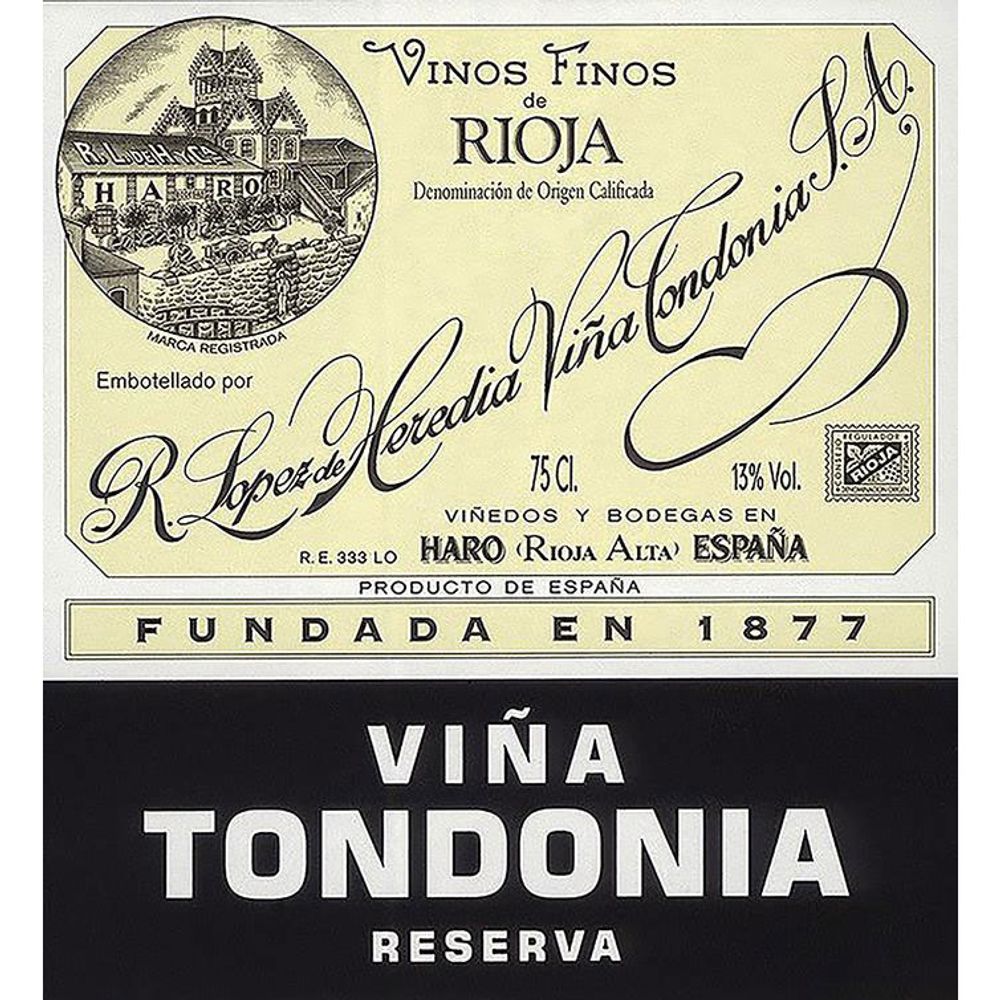
- Viña Tondonia Tinto Reserva 2001 and Viña Tondonia Tinto Reserva 2006 from López de Heredia Viña Tondonia
- Monopole Clásico 2014 and Imperial Gran Reserva 2010 from CVNE
- Montes Obarenes Selección Terroir 2015 and Honorable 2014 from Gómez Cruzado
- Viña Ardanza 2001 Selección Especial and Garnacha de La Pedriza 2017 from La Rioja Alta
- Viña Pomal 2010 and Maturana Blanca 2017 from Viña Pomal Bodegas Bilbaínas
- Torre Muga 2015 and Prado Enea 2001 from Bodegas Muga
- RODA II 2001 and RODA 107 2010 from Bodegas RODA.
David Kermode is a writer, wine host and regular broadcaster with BBC Radio and is the founder of vinosaurus.co.uk
